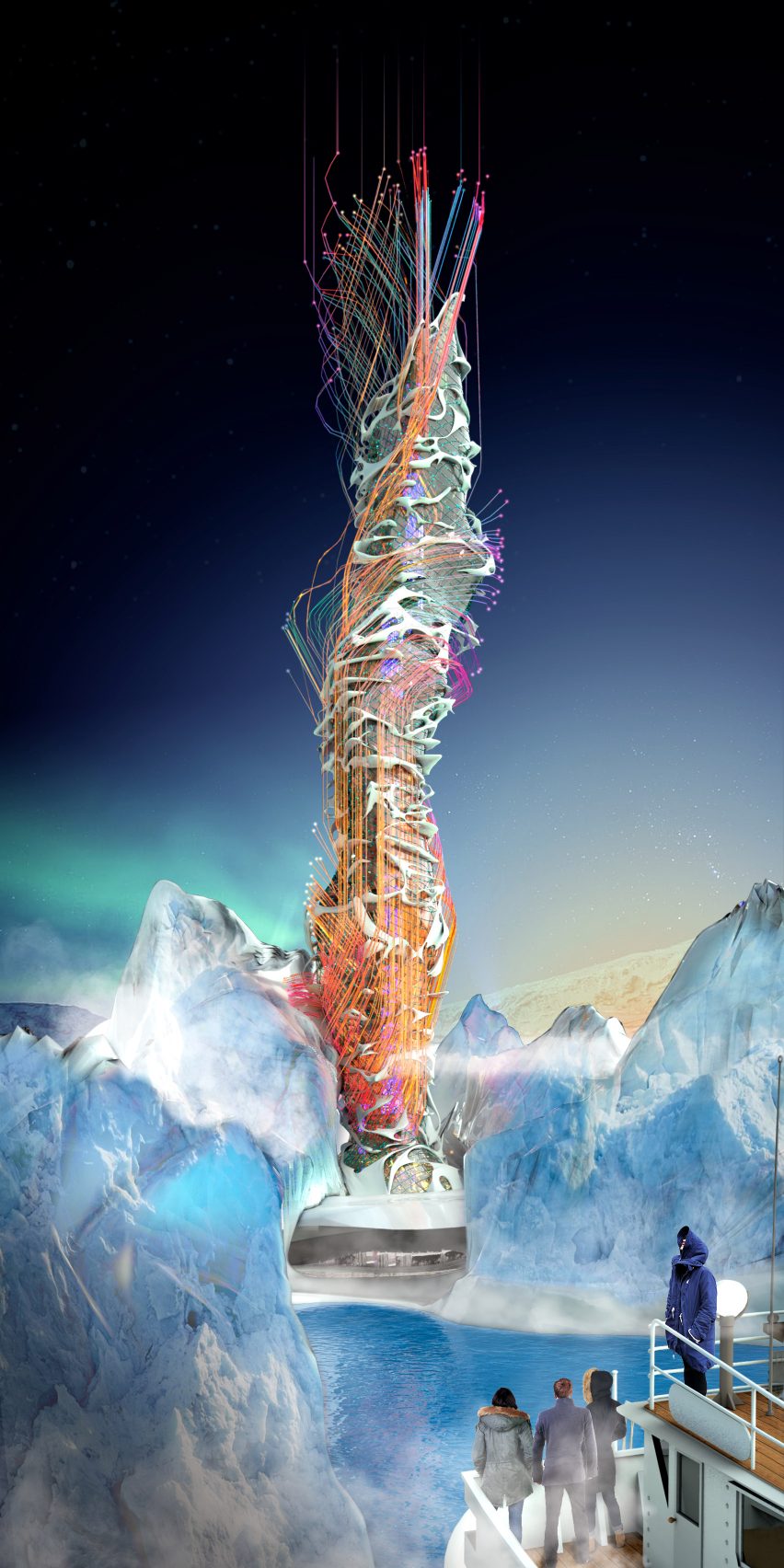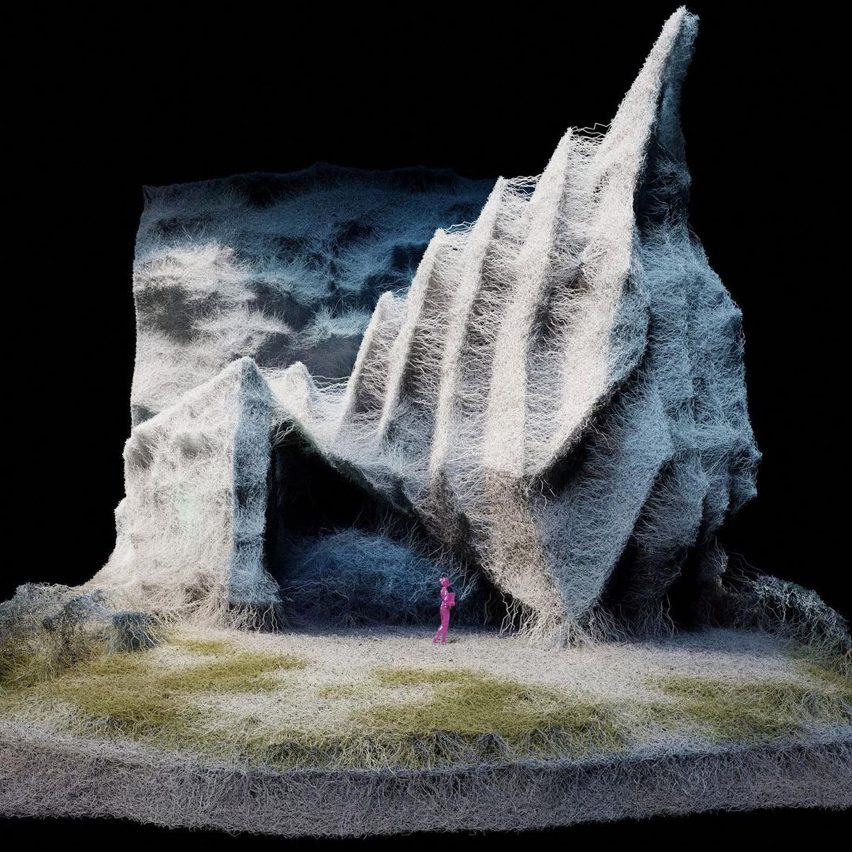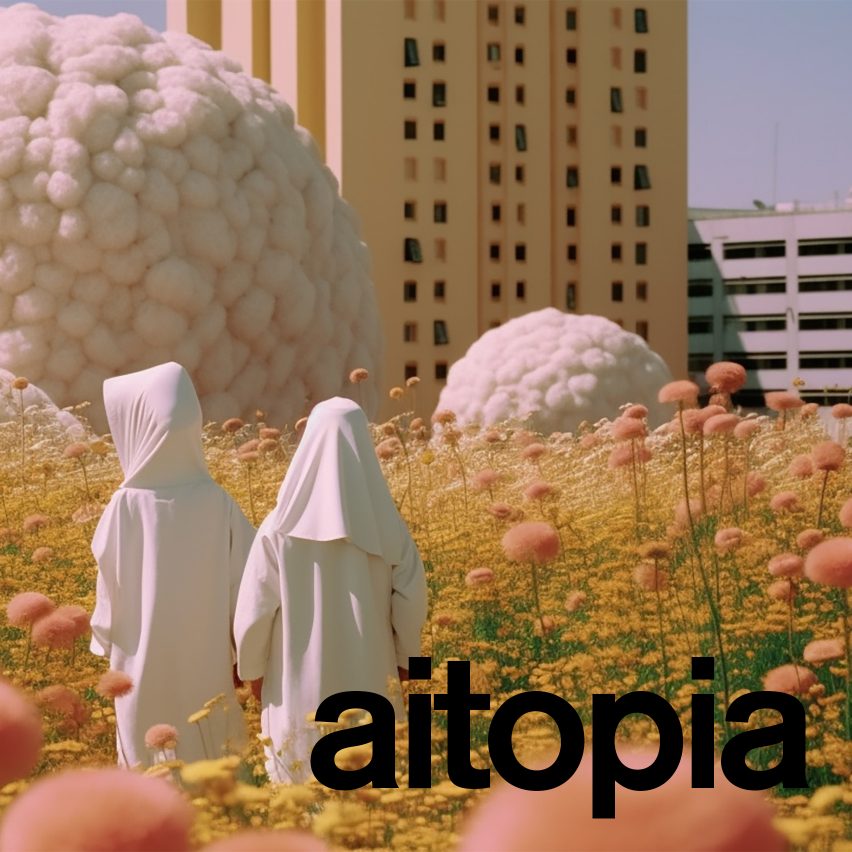
"I don't think AI knows what humans like" says Daniel Escobar
Over-reliance on AI tools for architecture like floor-plan generators could result in boring buildings, Online Lab of Architecture co-founder Daniel Escobar tells Dezeen in this interview.
While the most popular use of artificial intelligence (AI) in architecture and design today is for creating visualisations with text-to-image models such as Midjourney, building configurators such as LookX and 3DGuru are beginning to enter the market.
Online Lab of Architecture (OLA) co-founder Escobar warned that too much dependency on these kinds of technologies could result in the human touch being lost from design.
"There's still the issue of having that custom or very tailored design approach that design firms have," Escobar explained.
"You would get these generic, typical developer base buildings, where they just optimise it for a certain specific efficiency. That will be one of the things to look out for."
"It's like the age of the internet"
For this reason, he doesn't think architects will lose out to AI. This has been a hot topic in the industry ever since New York-based designer Sebastian Errazuriz caused a stir with his claim that 90 per cent of architects could lose their jobs to machines in 2019.
Design technology firm RevitGods also recently conducted a survey that found that 55 per cent of US architects were "moderately concerned" about being replaced by AI in the future.

Escobar is less pessimistic. He believes that architecture will continue to be defined by human-to-human interactions but with some tasks delegated to AI.
"Architecture is a very nonlinear, iterative feedback loop of ideas, questions, suggestions, and conversations back and forth between people," he explained.
"I would actually want to see [AI] be used more to automate parts of it that we don't like doing as much or that take too much time."
Escobar is a designer specialising in architecture and machine learning, with his studio OLA focused on exploring the intersection between artificial intelligence (AI) and construction.
He also runs the popular Instagram page Diffusion Architecture, which explores the "most unique concepts of architecture imagined by AI artists".
He believes AI has the potential to be as influential as the internet, but is hopeful that its impact will be predominantly positive.
"I'm pretty optimistic that we're going to see a lot of good things come out of [AI]," Escobar said.
"The people that I know exploring this technology, they're definitely doing more good than bad," he continued.
"It's like the age of the internet. We didn't know what was going to happen and now the internet is used worldwide and it's one of the most useful technologies that we have."
"I don't think AI knows what humans like"
Escobar's current focus is on the use of AI for developing 3D architectural models with specific aesthetics.
He predicts that this could become one of the areas in which architects using AI could become commonplace.
"If they can get automated, that would be really helpful because then it lets architects focus on the more creative parts and having better discussions with clients," said Escobar.
"After all, we do design for humans. And as far as I know, I don't think AI knows what humans like," he continued. "We're not there yet."

To ensure AI has a positive impact on humanity, Escobar said it is important for developers to question their motives and weigh up the potential impacts of their creations.
"One of the questions that I always have is: what are we trying to optimise for, what are we trying to automate?" Escobar said.
"And by automating certain things, who does that impact – what kind of people does that impact? Or is it something that we can all benefit from, or what does it displace? And then how do we balance that?"
He believes that designing within these parameters will be especially important when it comes to the development of artificial general intelligence (AGI).
AGI, sometimes dubbed "God-like AI", typically refers to a computer being able to perform any intellectual task that a human can. All AI systems currently in existence are narrow AI, only able to complete specific tasks.
"I don't think we should be scared"
"I don't think we should be scared [of AGI], but we should definitely put thought into what we want to optimise," said Escobar.
"Do we want a massive AGI that just does everything for us?" he asked. "I think the scary part will be if a company does have control of it, then what do we do?"
"It always comes back down to the humans who have control over it," Escobar said.
The fears surrounding AGI, such as it leading to humans becoming obsolete or even extinct, are often what come to mind when people think about AI.
However, Escobar highlighted that humanity is "still a big way from" a computer this powerful, and that right now focus should be on discovering the opportunities and addressing issues in narrow AI.
This is the same view as Sony's AI ethicist Alice Xiang, who recently told Dezeen that killer robots and god-like computers are far from the most pressing threats posed by AI.
The images are courtesy of OLA.
Dezeen In Depth
If you enjoy reading Dezeen's interviews, opinions and features, subscribe to Dezeen In Depth. Sent on the last Friday of each month, this newsletter provides a single place to read about the design and architecture stories behind the headlines.

AItopia
This article is part of Dezeen's AItopia series, which explores the impact of artificial intelligence (AI) on design, architecture and humanity, both now and in the future.